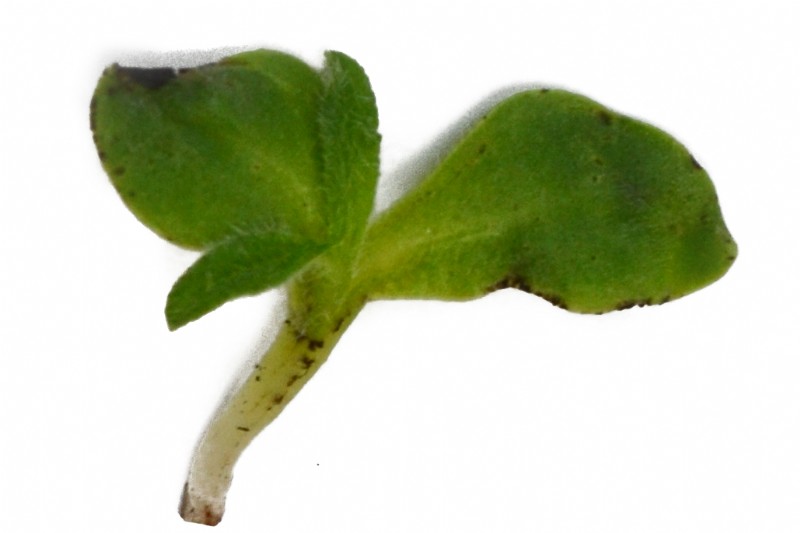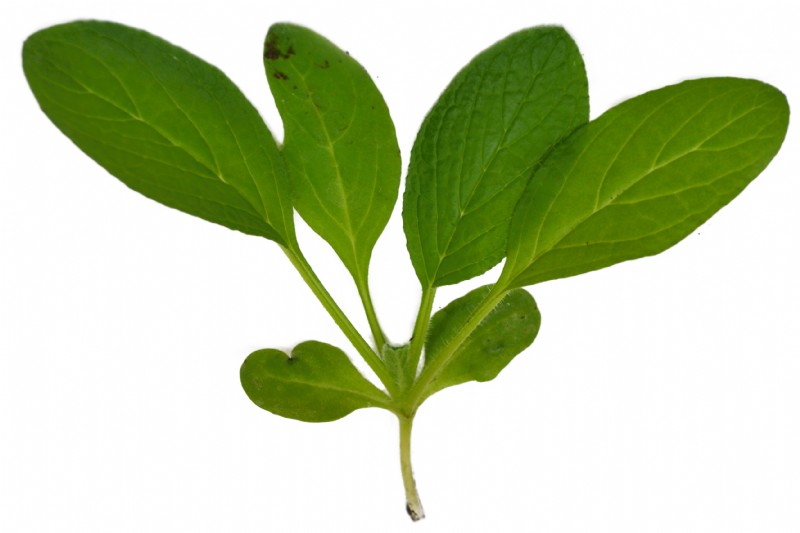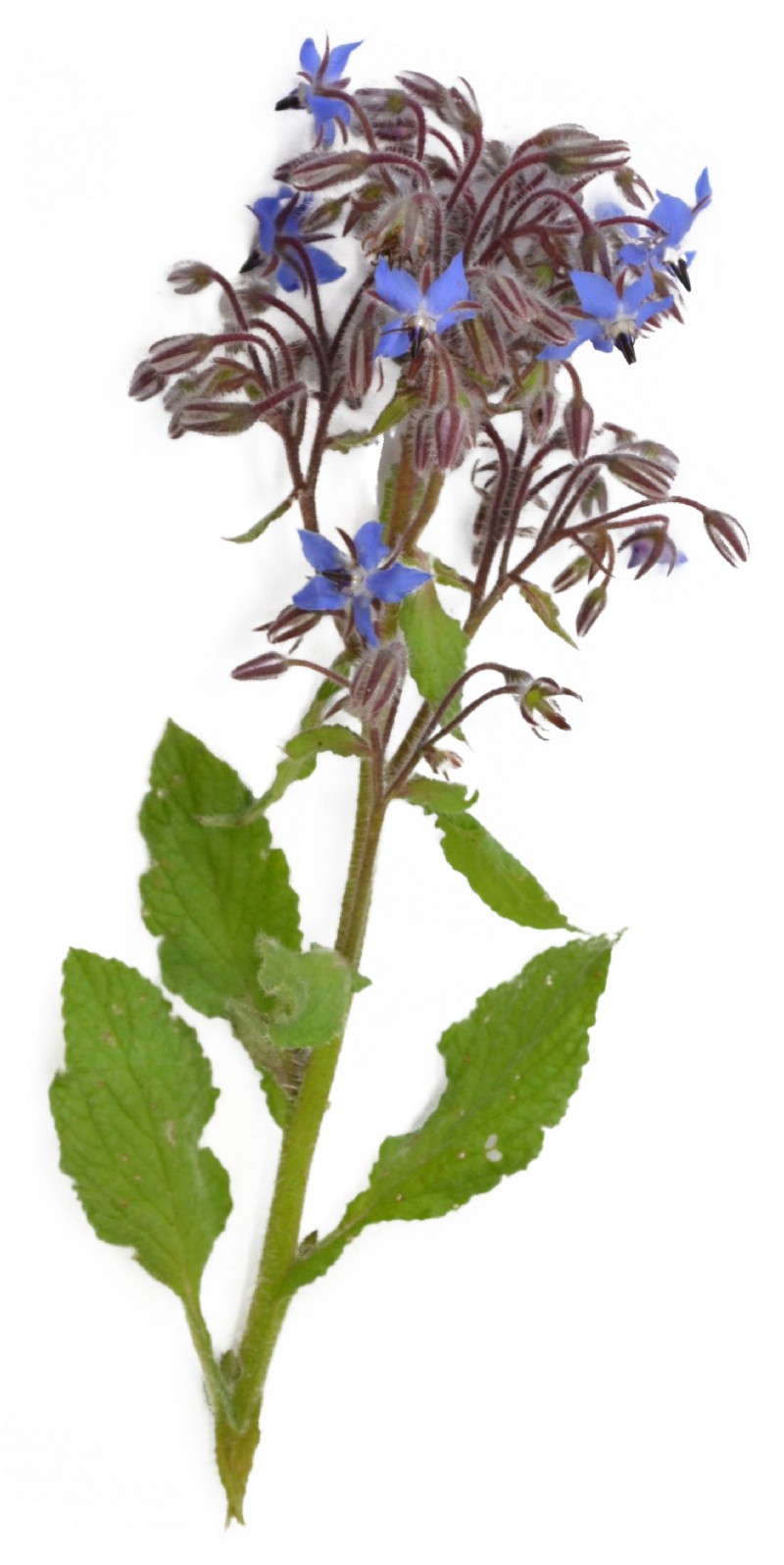Borage
Also known as star flower, borage is an eye catching herb with electric blue flowers. It is said to be cucumber scented if the stems or leaves are bruised or crushed. It may be cultivated for medicinal or culinary purposes. It is well loved by bees.
Uses
Used as a pollen and nectar source for bees, it also has medicinal and culinary uses.
Persistence
It is technically an annual, however it readily reseeds itself from year to year.
Strengths
It is easy to grow from seed. Its abundant flowers and high nectar flow mean it provides a great source of food for honey bees and bumblebees, who readily pollinate the plant, helping it to sustain itself from year to year.
Frost Tolerance
Mature plants do not normally survive consecutive frosts.
Sowing Rate Advice
8kg per acre / 20kg per ha.
The above rate is for a pure stand
Ideal Sowing Time
Sow in the spring, in warm soils from April to June.
Management
Generally shallow sown at a depth of 1.5cm and well rolled for maximum seed to soil contact. Allowing the plants to flower and seed will encourage a crop for the following year.
Distinguishing characteristics
Seed
This is an angular, oblong shaped seed, with a pronounced flat tip on one side. It is a dark coloured seed, varying from brown to black, with a coarse and rough texture. The seed is 4 - 5mm in length.
Seedling
The borage seedling produces a pair of rounded, wavy edged cotyledons, the first true leaves are hairy with a rougher texture.
Flowering Plant
It has dark green leaves and stems, which are rough to the touch and hairy.
The leaves are oval, terminating to a point, with wavy margins.
The flowers are bright blue, in loose, nodding clusters and purple stamens.
It has a robust root system.
Additional Info
Flowers May-September. Average seeds per kg - 60,000. Due to its easy ability to self seed, once borage is planted it can be difficult to eradicate from the area.








